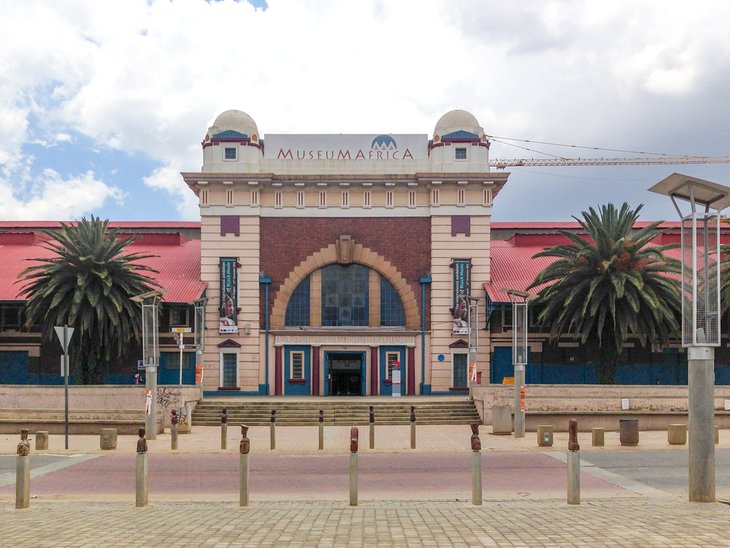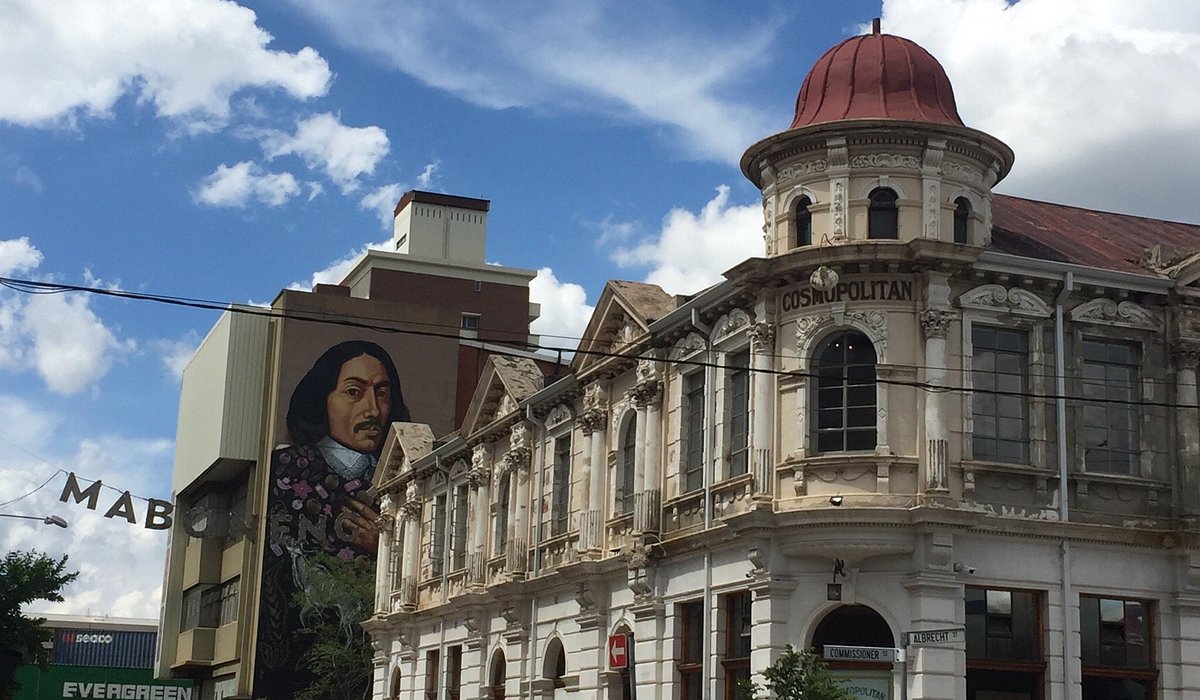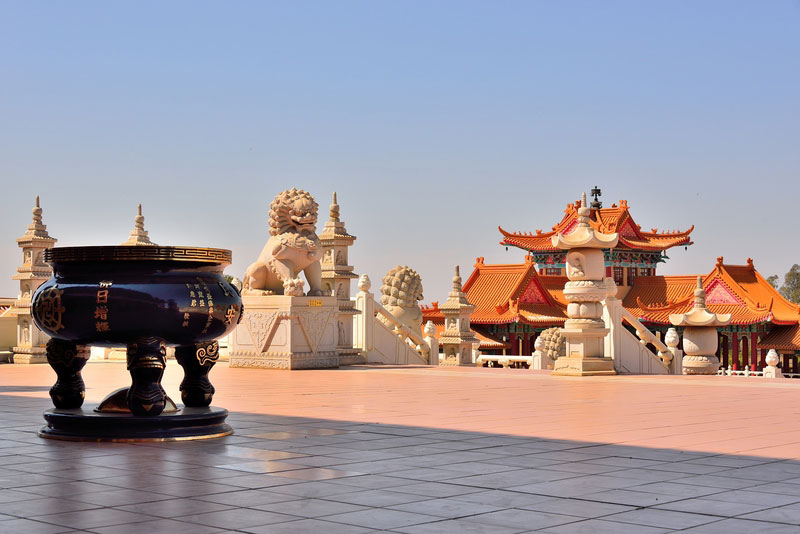The Definitive Guide for Johannesburg North Attractions
The Definitive Guide for Johannesburg North Attractions
Blog Article
More About Johannesburg North Attractions
Table of ContentsExcitement About Johannesburg North AttractionsEverything about Johannesburg North AttractionsGet This Report on Johannesburg North AttractionsGetting My Johannesburg North Attractions To Work5 Simple Techniques For Johannesburg North AttractionsGetting My Johannesburg North Attractions To WorkMore About Johannesburg North Attractions
Nonetheless you must maintain security in mind and tourists need to continue to be alert whatsoever times when in unknown surroundings. Talk with the residents when you are in town to discover the area you are staying in. Johannesburg North attractions. When on the street (this doesn't put on mall and various other secure settings) ideal basic recommendations is to attempt your finest to look like a local and to stay clear of showing any type of type of wealth
An Unbiased View of Johannesburg North Attractions
Professor Revil Mason O. J. (Thomson, 1946) checked out the Witwatersrand's pre-colonial background. His archaeological job exploded the 'em pty land' misconception, according to which the area was without human habitation before the arrival of European settlers. In his magazines Prehistory of the Transvaal: A Record of Human Task (1962) and Beginnings of Black Individuals of Johannesburg and the Southern Western Central Transvaal AD 3501880 (1986 ), Professor Mason demonstrated the degree of social and financial advancement in the location before Europeans set foot here.

See This Report about Johannesburg North Attractions
He showed the government's permission, provided after he had testified maintain his explorations secret. In 1874, small-scale mining procedures were started in the Magaliesberg, where an Australian, Henry Lewis, had found gold down payments. In 1878, David Wardrop found gold in quartz blood vessels at Zwartkop, north of Krugersdorp. In 1881, Stephanus Minnaar stumbled upon gold on the farm Kromdraai, near the Cradle of Humankind.
In March 1886, a protrusion (quickly to be called the Key Reef) was located, rather luckily, on Gerhardus Oosthuizen's farm Langlaagte. Some claim that the Lancastrian coal miner George Pedestrian found this reef. An additional travelling English miner, George Harrison (who had formerly operated in Australian mines) acquired a prospecting licence in respect of Langlaagte in Might 1886.
He determined to relocate on in a pursuit for greener fields, and disposed of his Langlaagte case for the handsome sum of 10. Alas: beneath lay the wealthiest goldfield ever before discovered. The discovery of this abundant auriferous coral reef prompted a gold thrill that signified completion of agrarian tranquillity in the southerly Transvaal.
It would, within six years, end up being the largest town in southern Africa. Within a years, it would certainly make the Z. A. R. up until then an anarchical and insolvent little state the most affluent country in Africa. By why not look here the turn of the century, the Z. A. R. was to surpass Russia, Australia and the United States of America to become the globe's leading gold manufacturer, producing more than a quarter of the world's gold.
Johannesburg North Attractions Fundamentals Explained
It was called Ferreira's Camp, named after Colonel Ignatius Ferreira. He was a Boer traveler upon whom the British authorities had actually bestowed the condition of Friend of the Most Identified Order of St Michael and St George (qualifying him to the post-nominal letters C. M. G.) in thankfulness for his role in the war that had actually deposed the Pedi king Sekhukhune in 1879.
Soon the camp was including outdoors tents and wagons as beginners got here daily from far and wide. By September 1886, some 400 people resided in Ferreira's Camp, which quickly flaunted prefabricated iron and wood structures. 2 various other camps were developed: Meyer's Camp on the ranch Doornfontein, and Paarl Camp. The latter was nicknamed Afrikander Camp; many people from the Cape Nest cleared up there.

Unknown Facts About Johannesburg North Attractions
This name gained money by word of mouth, such that the State Assistant verified the name to the Mining Commissioner on 9 October 1886. Stands in the town were auctioned on 8 December 1886. While some stands were sold for 10, others were torn down for just sixpence.
Two years later, these erven were to alter hands for as high as 750 each. The tented camps dwindled as a dorp of corrugated iron buildings established and increased north of the mines located along the Main Reef Roadway. Locations such as Jeppe's Town (where working-class immigrants erected their residences) and Doornfontein (where the upscale new 'Randlords' began to create their extravagant houses) were quickly added to the ever-expanding map of the town.
Excitement About Johannesburg North Attractions
Aside from the road names, there were no indications of Johannesburg being located in a Dutch-speaking nation. Years later on, C. W. Kearns O. J. (one of the very first kids enlisted at St John's go to these guys University in 1898) would certainly remember: 'A strange fact regarding Johannesburg was that, although it was in the [Boer Republic], virtually everyone spoke English and even the Government servants addressed one in English, unless they were very first Our site addressed in the Taal (or Low Dutch)'.
Therefore, Britain had an interest in making sure ideal conditions for gold production on the Witwatersrand, and that the gold was exported to London instead of Berlin an important rendered even more clamant by the Z. A. R - Johannesburg North attractions.'s enhancing toenadering with Germany. Mine owners got on a collision program with Head of state Kruger, whose policy of monopolistic giving ins (frequently provided to his cronies) avoided mining firms from obtaining products of materials (particularly dynamite) and labour by themselves, more affordable terms
All about Johannesburg North Attractions
In 1890, the Volksraad had actually limited the franchise to white guys that had lived in the Z. A. R. for fourteen years or longer, hence disqualifying a lot of the immigrants (who occurred to be the significant contributors to the fiscus). Agitation for the vote was a plain pretext for promoting a different program; the majority of uitlanders concerned themselves as short-term visitors and had no intent of continuing to be in the Z.
Report this page